
Some commonly grown garden plants don’t respond well to fall pruning, and pruning at the wrong time of the year can actually reduce blooming and cause other issues. So what perennials to cut back in fall? The list below includes the top perennial plants that benefit from a late season trim, which can encourage better growth and even reduce some garden pests and diseases like powdery mildew. Plus you’ll find a few pruning tips to get you started.
Bee Balm
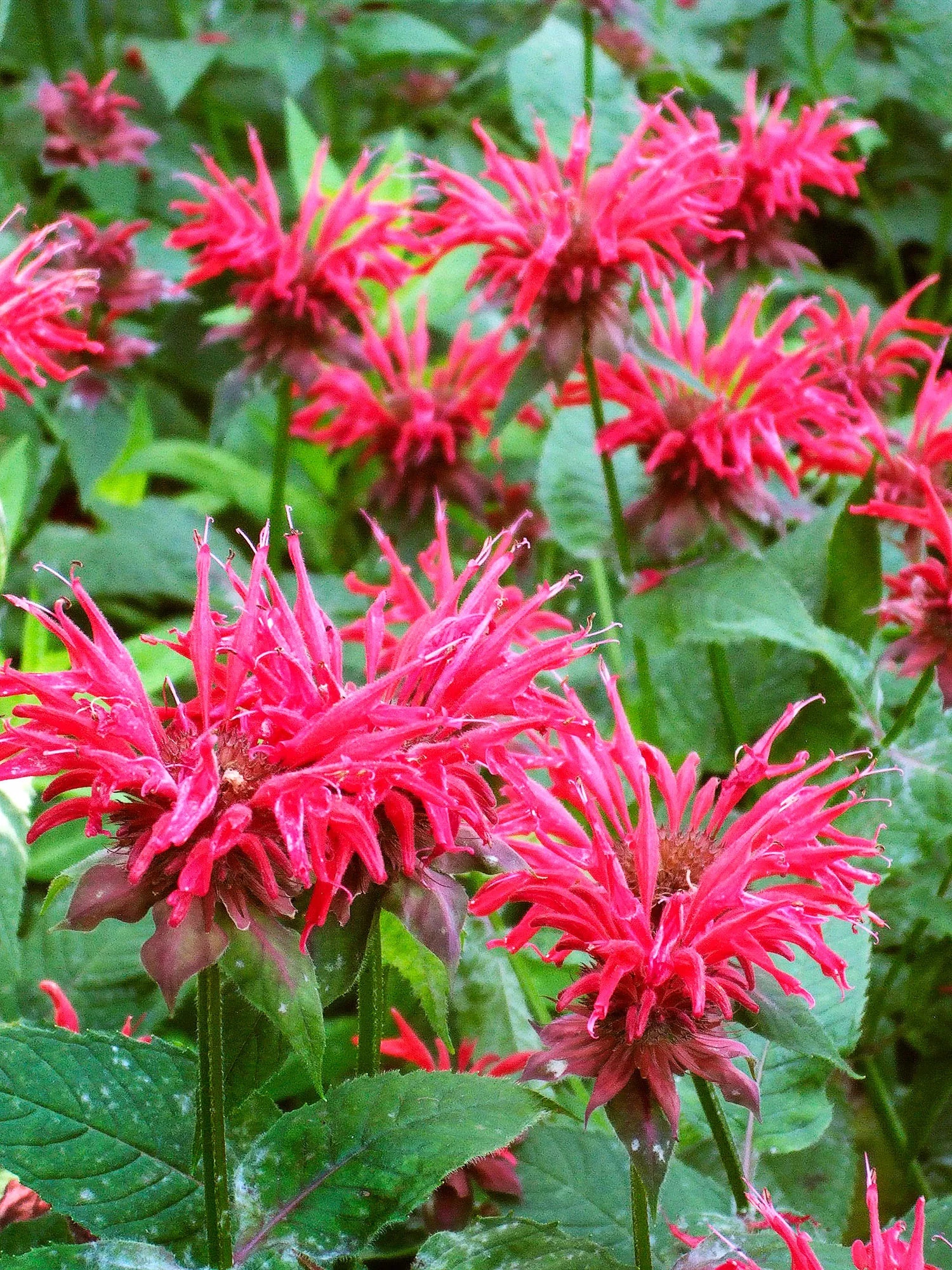
Some gardeners prefer not to prune their bee balm (Monarda spp.) plants at all because birds and other wildlife often feed on the seeds in winter. However, bee balm plants should be cut back in fall if they’ve struggled with powdery mildew issues during the growing season. Pruning affected plants is one way to keep this plant disease from spreading, but watering your plants at the soil line and following proper spacing recommendations can also reduce mildew problems.
Don’t compost diseased foliage. Most home composting systems don’t get hot enough to kill the bacteria, fungi, and viruses that cause plant diseases so they could infect plants down the road when you use the resulting compost.
Blazing Star
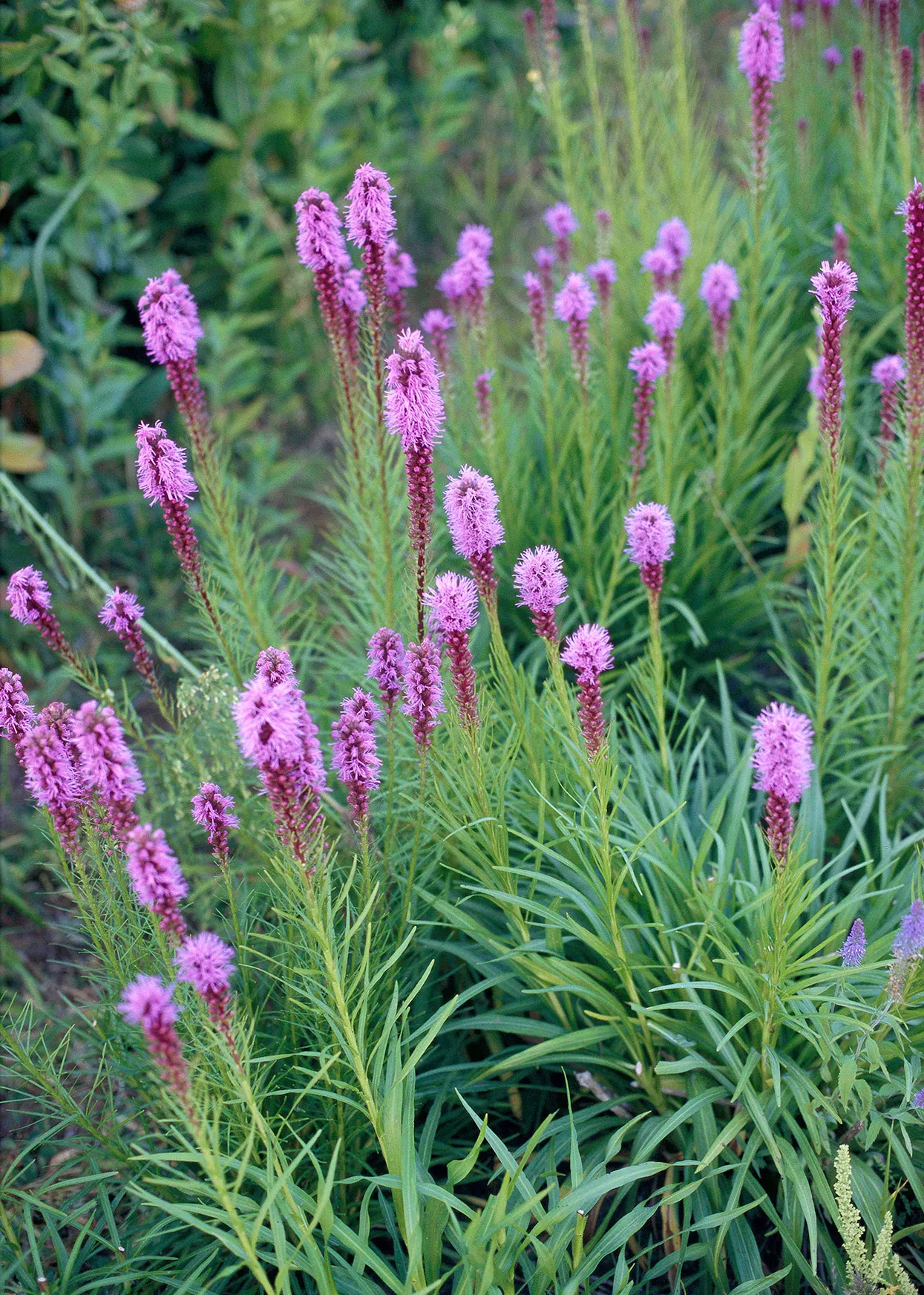
Blazing star (Liatris spp.) leaves can look messy by the end of the season and many gardeners opt to cut these plants back to keep their garden beds looking more manicured. While some gardeners prune blazing star immediately after the plants finish flowering, this can limit blooming the following year. Waiting until this perennial naturally dies back in fall will give your plants more time to grow and store the energy they need to survive the winter.
Catmint

The long stems on catmint (Nepeta spp.) often flop over toward the end of the growing season, making garden beds look unkempt in winter. Pruning catmint plants about 4 to 6 inches above the soil line in fall will give your flower beds a tidier look. But don’t cut catmint back too low to the ground because this will leave the plant’s roots more vulnerable to winter damage.
Daylilies
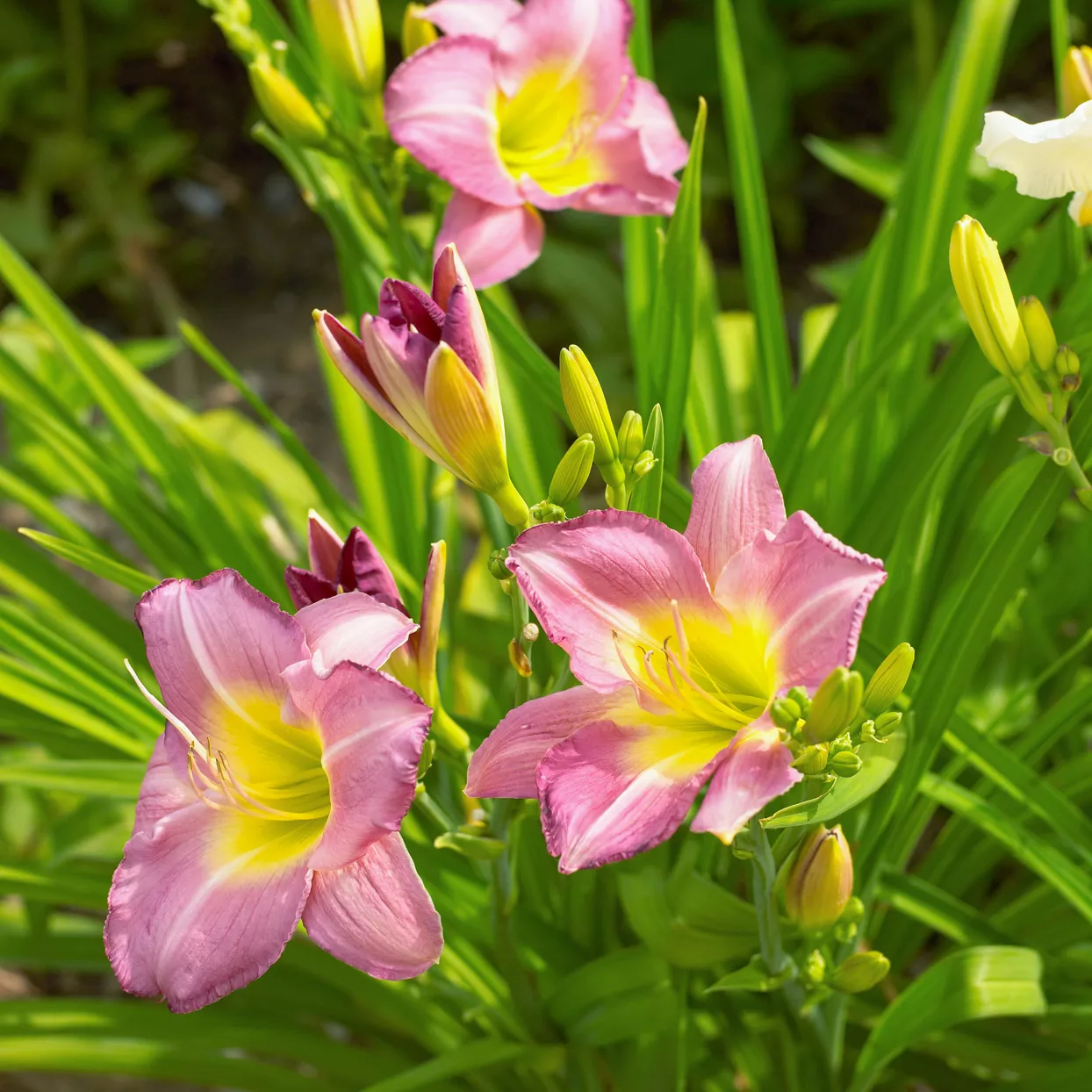
Daylilies (Hemerocallis spp.) generally bloom throughout summer, although there are a few cultivars that can continue to flower into fall. But when frosts arrive, daylily plants naturally die back and you can easily cut away the dead foliage to keep your garden looking tidy. While some gardeners prune daylilies earlier in the season, this can interfere with the plant’s ability to photosynthesize and daylilies will be much healthier if you cut them back after the first frost of fall.
Garden Phlox

Powdery mildew is often a problem for garden phlox (Phlox paniculata). Nip mildew issues in the bud by cutting back your phlox plants in fall and properly disposing of all diseased foliage. This includes burning affected plant parts or bagging them and throwing them in the trash.
Hostas

Hostas (Hosta spp.) are commonly grown in shade gardens and their easy-going nature makes them top plant picks for beginning gardeners. However, hostas are often plagued by slugs and snails during the growing season. These pesky critters then lay their eggs in hosta foliage during autumn. Cutting away hosta leaves after they die back in fall will improve the look of your plant and prevent slug eggs from overwintering too.
Irises
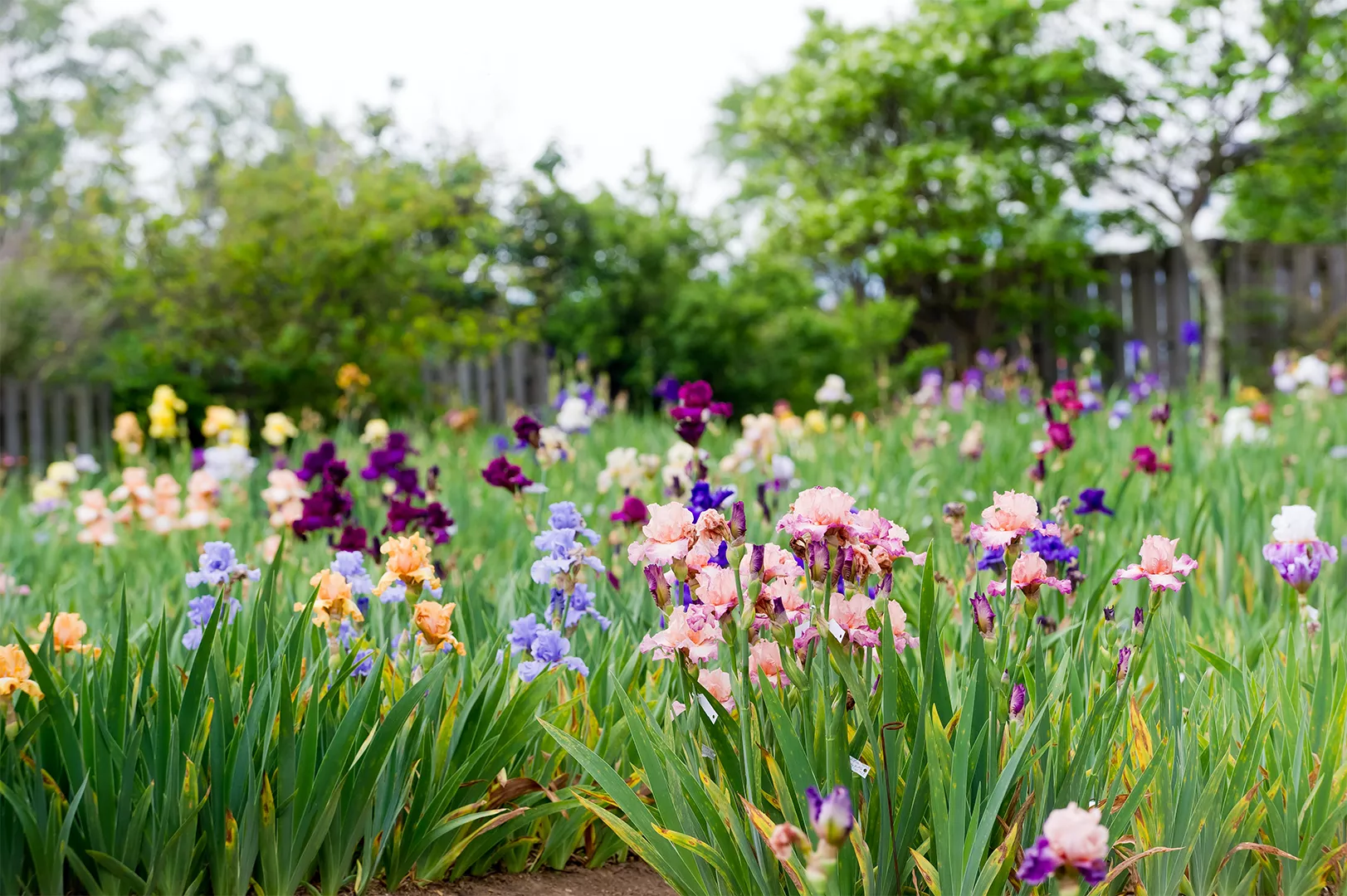
Like daylilies and blazing star, irises (Iris spp.) can look bedraggled by the end of the season and their leaves often become mushy after frost arrives. But if you wait to prune your plants until after the first fall frost, your irises will have more time to photosynthesize and store energy for the winter. When pruning irises, make your cuts about 6 to 8 inches above the plant’s crown and prune the leaves in a fan-like shape to give your irises a more organic look.
Lavender
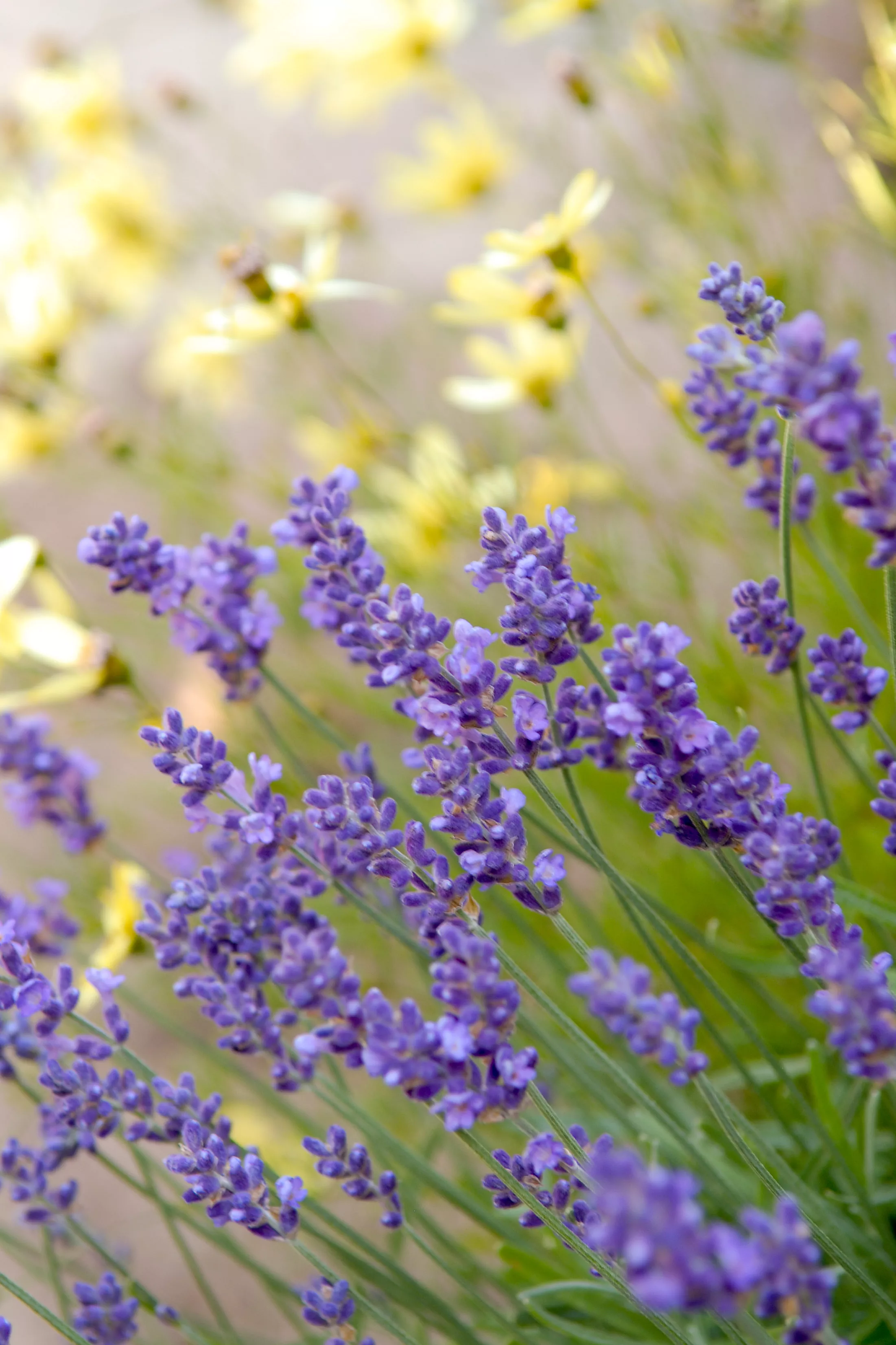
Lavender (Lavandula spp.) only produces leaves and flowers on old wood so cutting plants back into their woody sections can inhibit their growth. While this popular herb can be pruned in spring, it’s often easier to prune lavender in fall when the plant still has its leaves, making it easier to tell where the woody sections begin. Just keep in mind that lavender plants should be cut back at least 6 weeks before your first frost date as late pruning can make lavender more vulnerable to winter damage.
Lilies
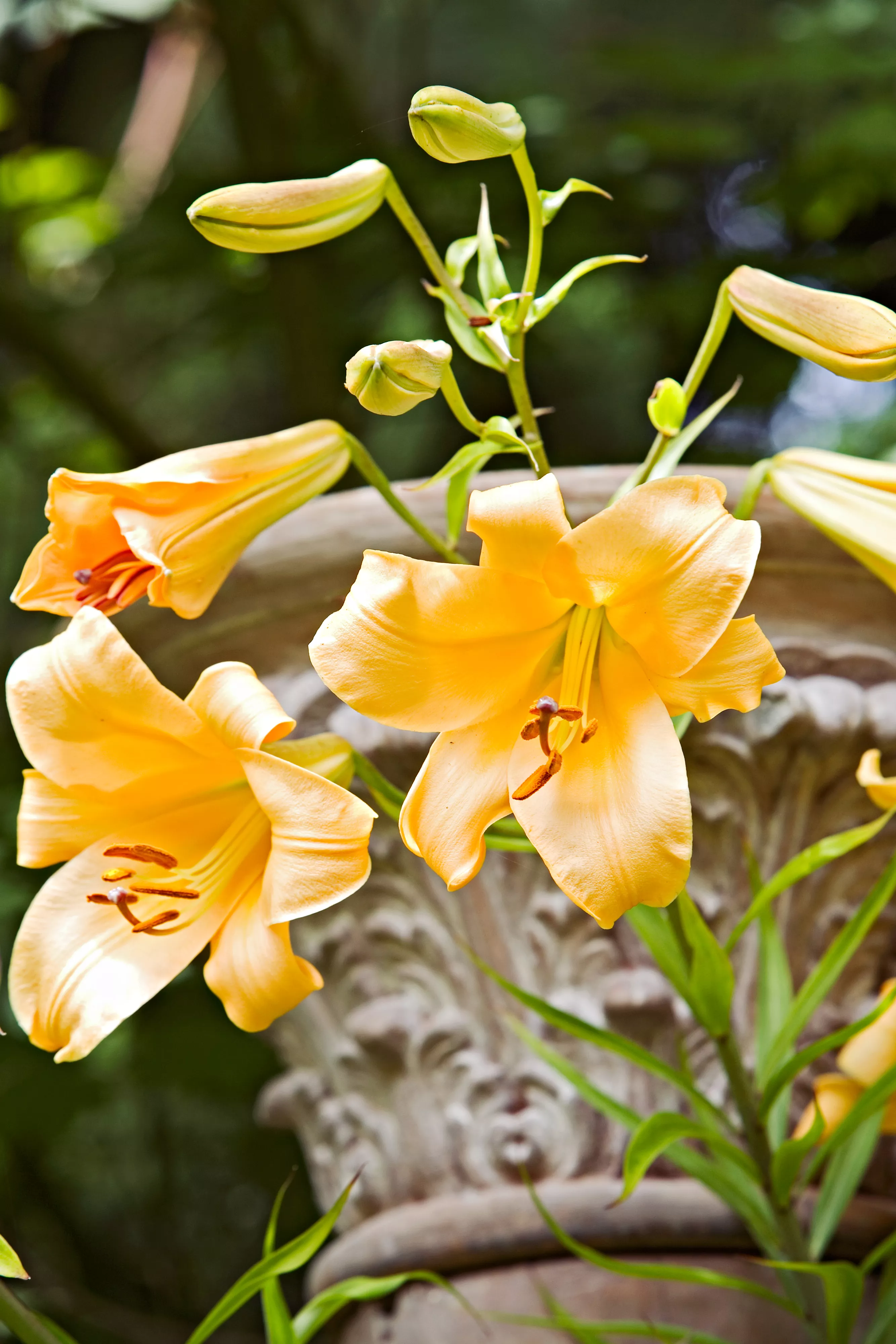
True lilies (Lilium spp.) benefit from being cut back in fall. Like other bulbing plants, lilies store nutrients in their bulbs during the winter months so cutting plants back too early in the season can inhibit flowering the following year. Instead, wait until frost arrives and your lilies naturally die back to bring out your pruning shears.
Peonies

Peonies (Paeonia spp.) are popular ornamental plants, thanks to their large and fragrant blooms that are often used in cut flower arrangements. But peony plants are prone to powdery mildew, which can coat plant leaves in an unsightly white film and weaken plants over time. Cut peonies back in fall to prevent powdery mildew spores from overwintering and reemerging in your spring garden.





